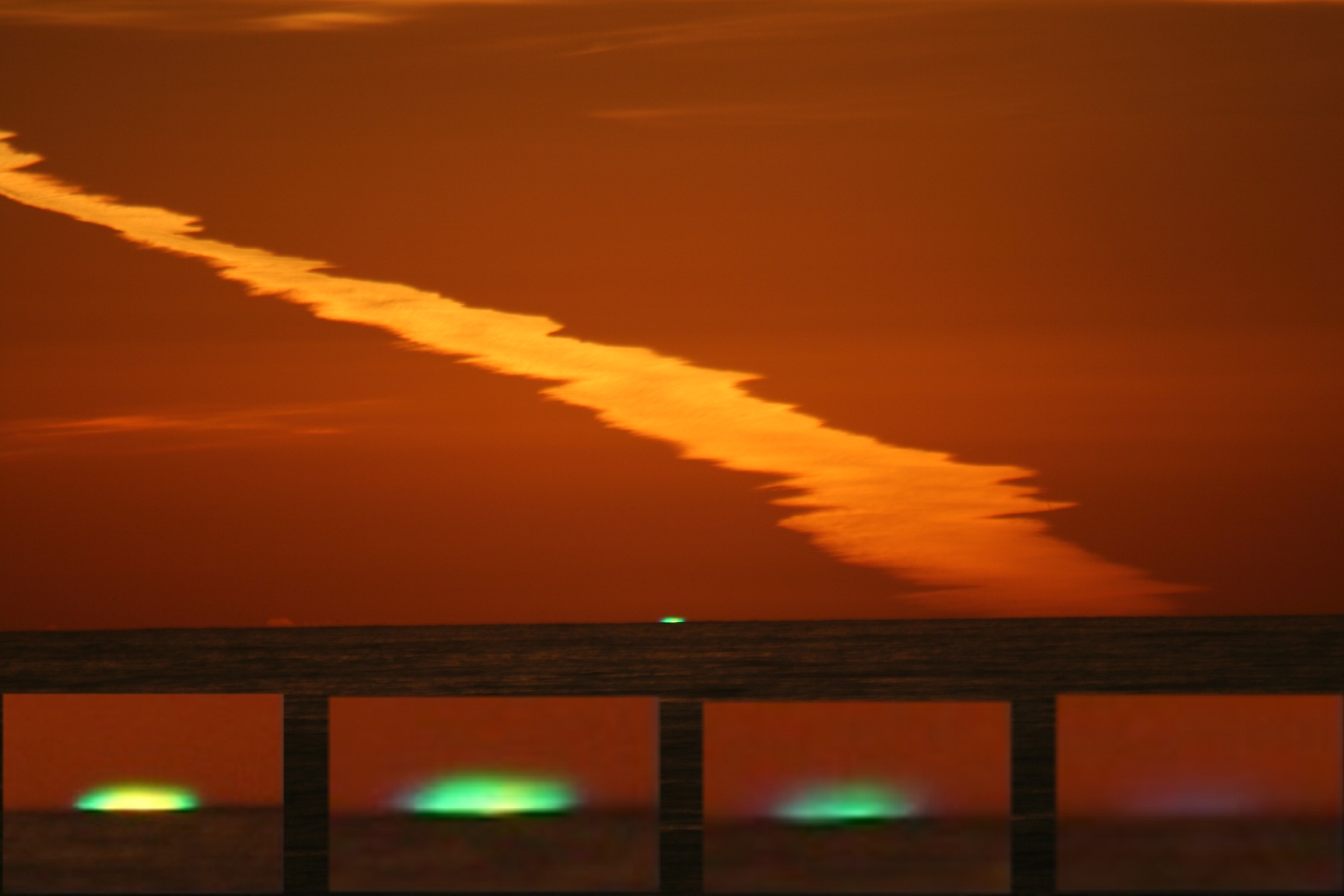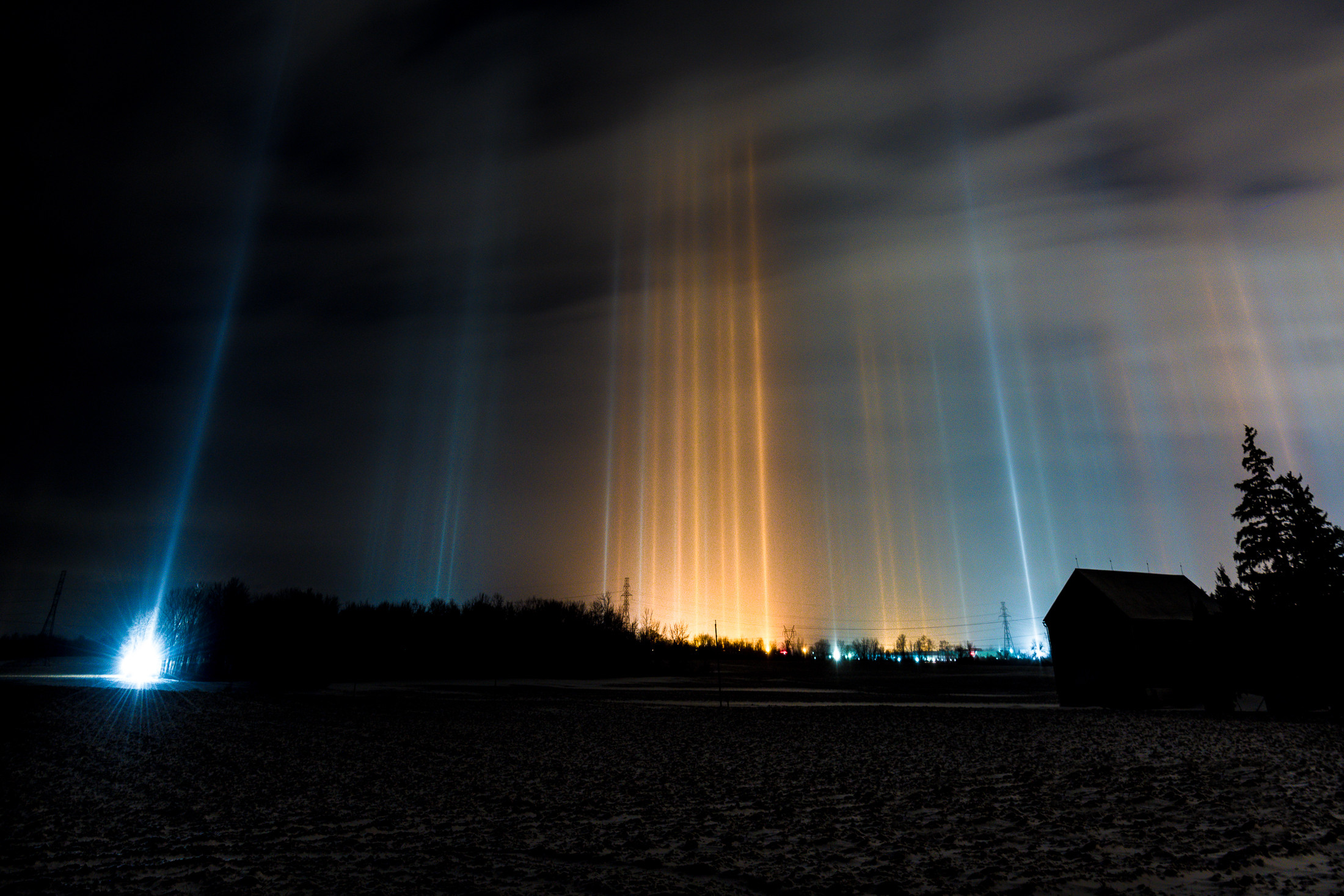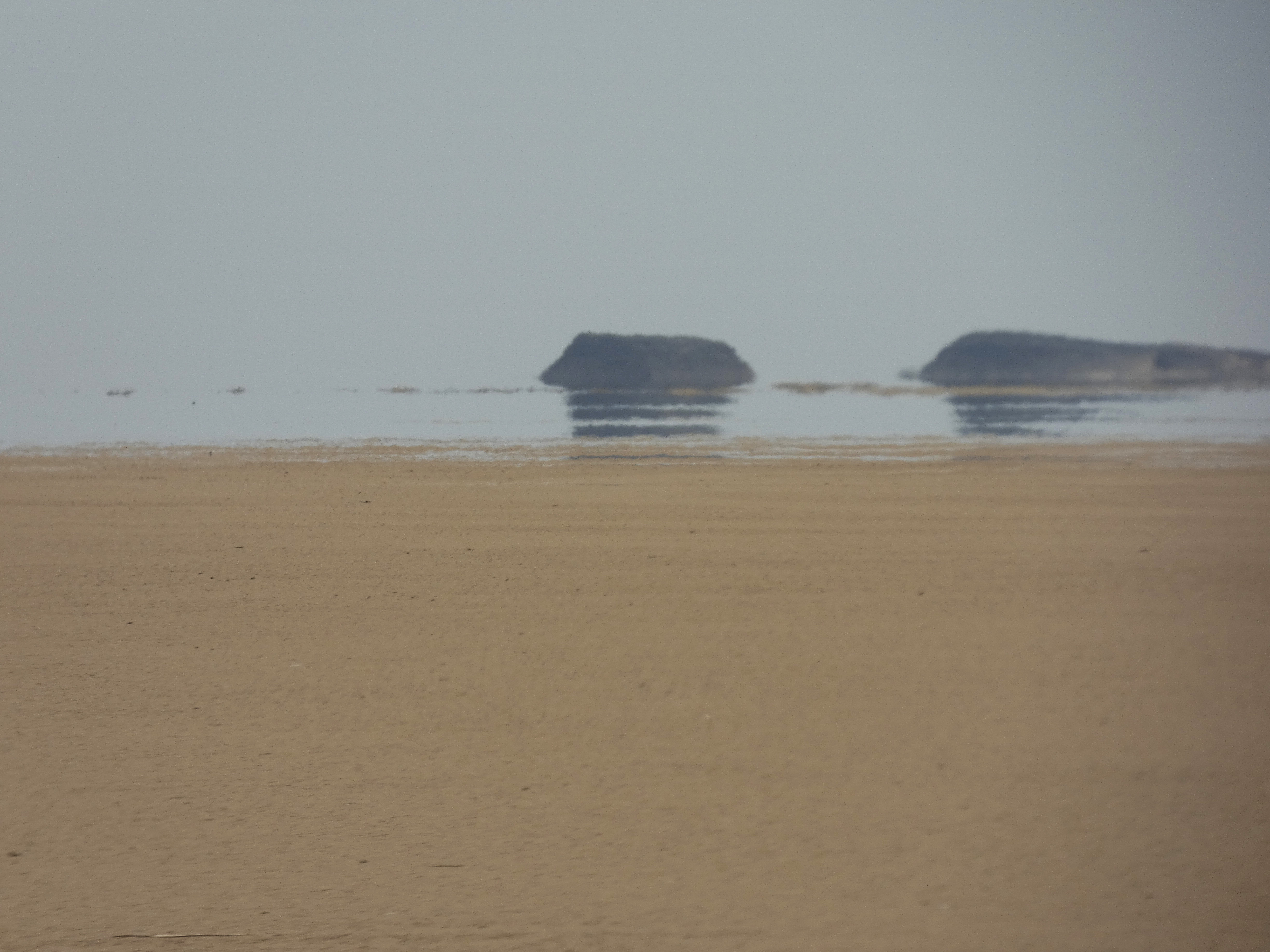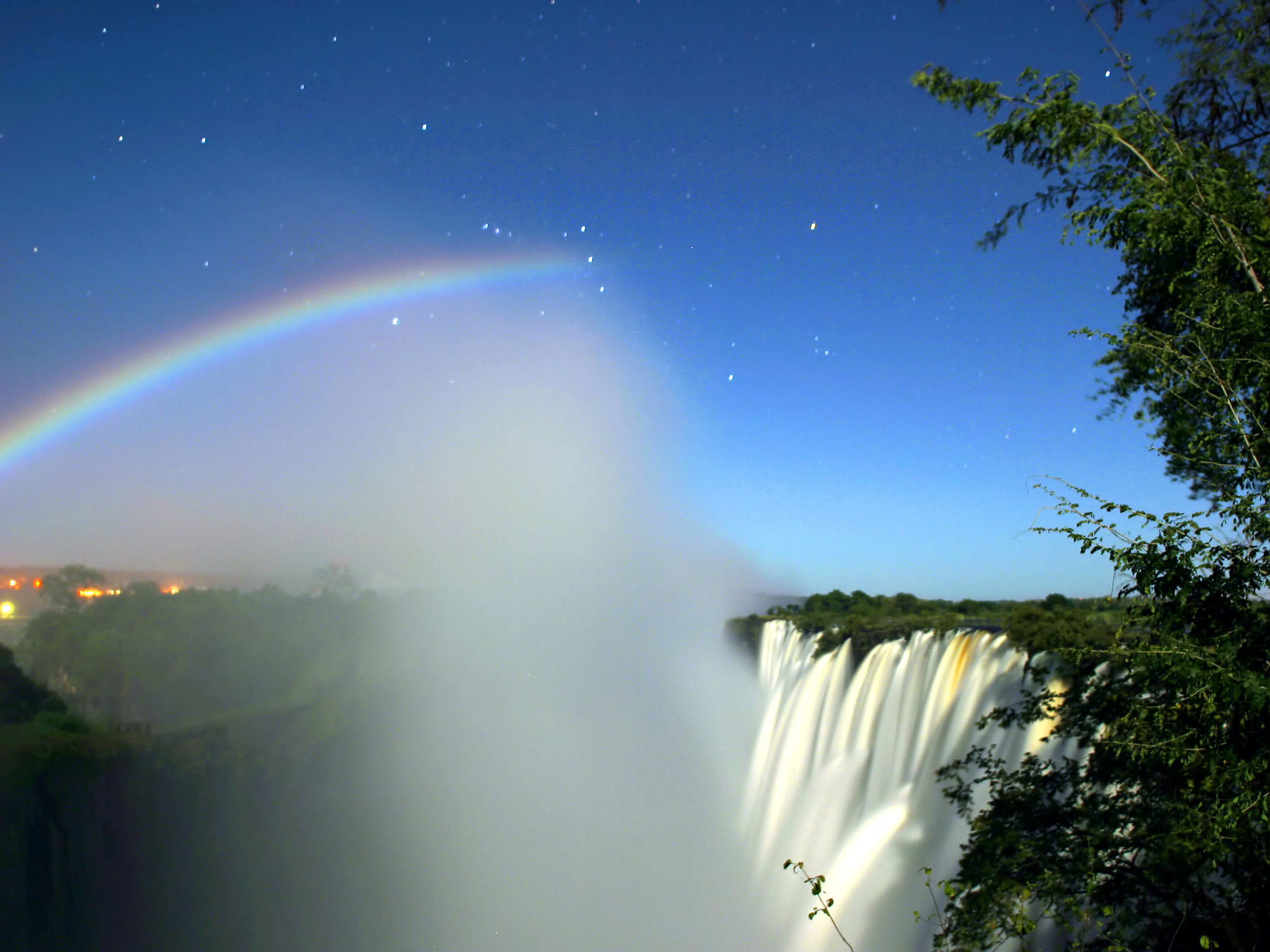Afterglow:
A faint glow that appears in the sky after the sun has set. It is caused by the scattering of sunlight in the upper atmosphere.

Airglow:
A faint glow that appears in the night sky caused by chemical reactions in the upper atmosphere.

Alexander’s band:
A dark region that appears between the two bows of a double rainbow. It is caused by the absence of light reflecting at the angle required to produce a rainbow.

Alpenglow:
A reddish glow that appears on mountains and other high points when the sun is just below the horizon.

Anthelion:
A bright spot in the sky opposite the sun caused by the reflection of sunlight off ice crystals in the atmosphere.

Anticrepuscular rays:
Sunlight that appears to converge towards a point opposite the sun, forming a band of light that appears to converge towards the point on the horizon opposite the sun.

Aurora:
A natural light display in the sky, particularly in the polar regions, caused by the interaction of charged particles from the sun with the Earth’s magnetic field.

Auroral light:
The Northern Lights (Aurora Borealis) and Southern Lights (Aurora Australis) are the most famous forms of auroral light.

Belt of Venus:
A pink band of light that appears above the horizon during twilight, caused by the scattering of sunlight in the upper atmosphere.

Brocken Spectre:
A magnified shadow of an observer cast onto a cloud or mist bank, often surrounded by a halo.

Circumhorizontal arc:
A rainbow-like optical phenomenon that appears as a horizontal band of colors in the sky.
By <a href=”//commons.wikimedia.org/w/index.php?title=User:MergenDesign&action=edit&redlink=1″ class=”new” title=”User:MergenDesign (page does not exist)”>Mikell Johnson</a> – <span class=”int-own-work” lang=”en”>Own work</span>, CC BY-SA 3.0, Link
Circumzenithal arc:
A rainbow-like optical phenomenon that appears as an arc of colors near the zenith of the sky.

Cloud iridescence:
A colorful optical phenomenon that appears as rainbow-like colors in clouds caused by the diffraction of light by water droplets.

Crepuscular rays:
Sunlight that appears to converge towards a point in the sky, causing visible rays of light to appear.

Earth’s shadow:
The shadow cast by the Earth in the sky during twilight or sunset.

Earthquake lights:
A luminous phenomenon that appears before or after an earthquake, often as flashes of light or a glow in the sky.

Glories:
A halo-like optical phenomenon that appears as colored rings around a shadow cast on a cloud or fog bank.

Green flash:
A brief green flash of light that appears on the horizon just after sunset or just before sunrise.
By <a rel=”nofollow” class=”external text” href=”https://sites.google.com/site/thebrockeninglory/”>Brocken Inaglory</a> – <span class=”int-own-work” lang=”en”>Own work</span>, CC BY-SA 3.0, Link
Halos:
A ring of light that appears around the sun or moon caused by the refraction of light through ice crystals in the atmosphere.

Haze:
A suspension of fine dust or water droplets in the atmosphere that causes a reduction in visibility.

Heiligenschein:
A halo-like effect that appears around the shadow of an observer when the sun is directly behind them.

Ice blink:
A white glow that appears on the underside of low clouds caused by the reflection of light from ice in the water.

Light pillar:
A vertical beam of light that appears above or below the sun caused by the reflection of sunlight off ice crystals in the atmosphere.
By <a href=”//commons.wikimedia.org/w/index.php?title=User:Barkcomm&action=edit&redlink=1″ class=”new” title=”User:Barkcomm (page does not exist)”>Ray Majoran</a> – <span class=”int-own-work” lang=”en”>Own work</span>, CC BY-SA 4.0, Link
Lightning:
An electrical discharge in the atmosphere that produces a bright flash of light and a loud thunderclap.

Mirages:
Optical illusions caused by the refraction of light through different layers of air, often appearing as a distorted image of a distant object.
By <a href=”//commons.wikimedia.org/w/index.php?title=User:Ashabot&action=edit&redlink=1″ class=”new” title=”User:Ashabot (page does not exist)”>Ashabot</a> – <span class=”int-own-work” lang=”en”>Own work</span>, CC BY-SA 4.0, Link
Monochrome Rainbow:
A rainbow that appears as a single color due to the reflection and refraction of light through water droplets of a similar size.

Moon dog:
A bright spot in the sky caused by the reflection of moonlight off ice crystals in the atmosphere.
By <a href=”//commons.wikimedia.org/w/index.php?title=User:Annajohepworth&action=edit&redlink=1″ class=”new” title=”User:Annajohepworth (page does not exist)”>Annajohepworth</a> – <span class=”int-own-work” lang=”en”>Own work</span>, CC0, Link
Moonbow:
A rainbow that appears at night caused by the reflection and refraction of moonlight through water droplets.
By <a href=”//commons.wikimedia.org/wiki/User:CalvinBradshaw” title=”User:CalvinBradshaw”>CalvinBradshaw</a> (<a rel=”nofollow” class=”external free” href=”http://photos.calvinbradshaw.com”>http://photos.calvinbradshaw.com</a>) – <span class=”int-own-work” lang=”en”>Own work</span>, CC BY-SA 3.0, Link







